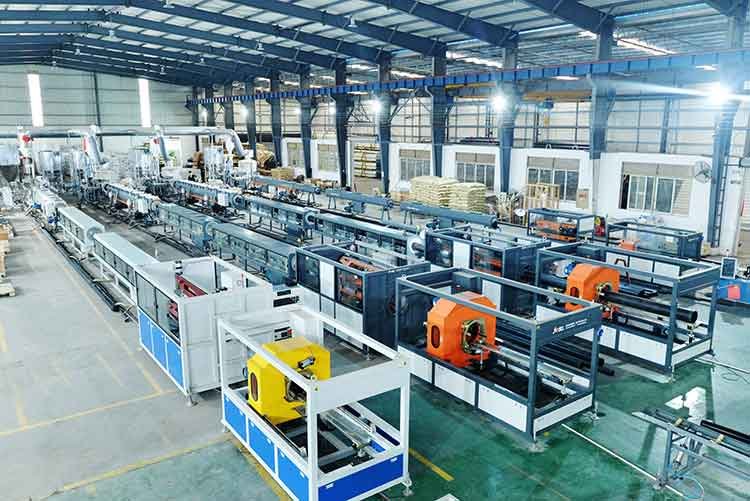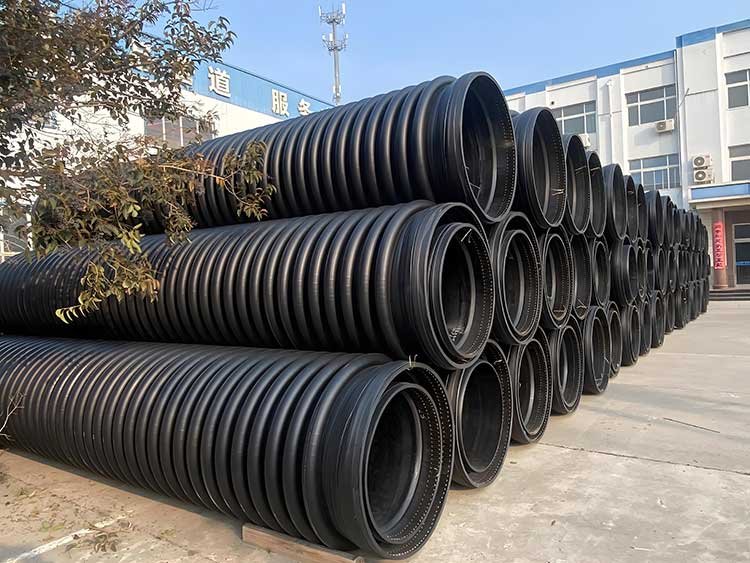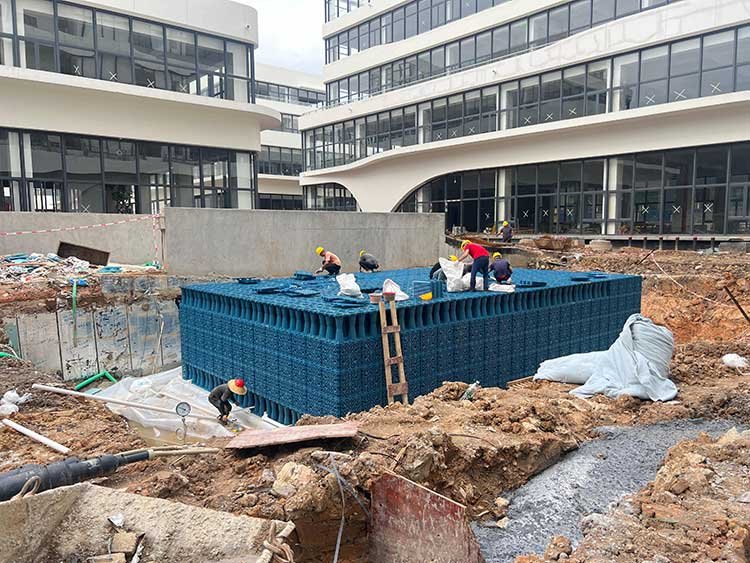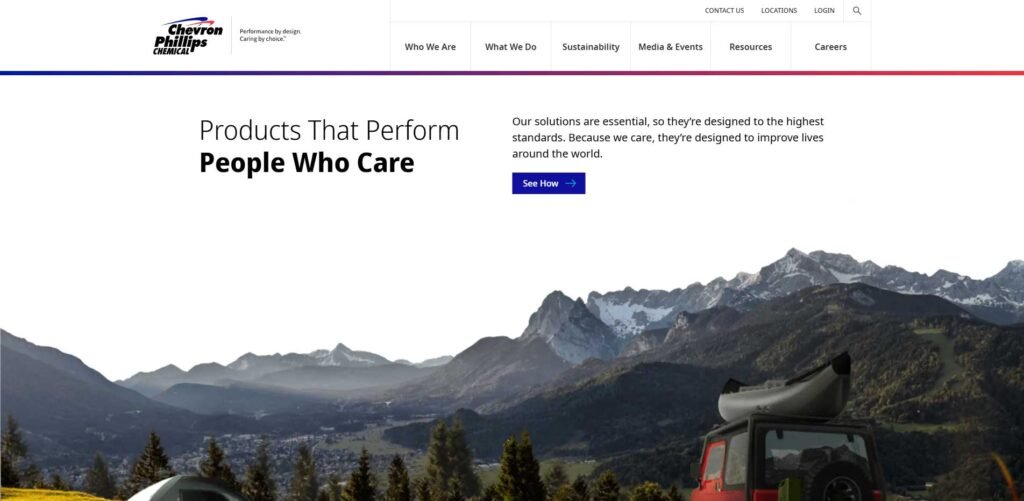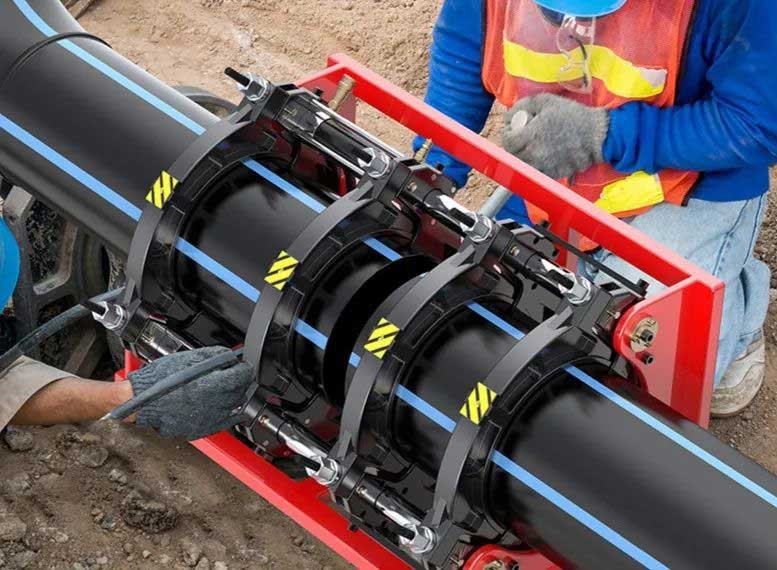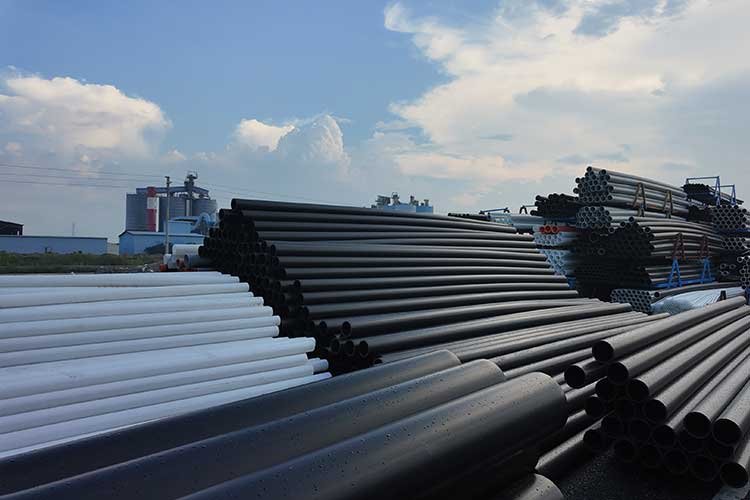8 Tubos de Hdpe
Envíe su consulta hoy mismo
8 Fabricante de tubos de Hdpe
8 La tubería de HDPE es una tubería de plástico de alto rendimiento que se ha convertido en un sustituto de las tuberías metálicas tradicionales y de las tuberías de hormigón debido a sus excelentes propiedades físicas y químicas.
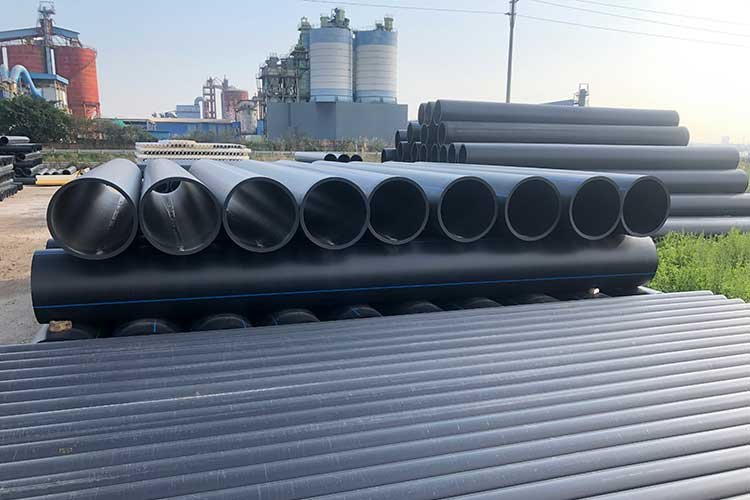
8 Características de los tubos HDPE
Gran resistencia y tenacidad
La resistencia a la tracción del tubo es ≥24MPa, el alargamiento a la rotura es ≥350%, y tiene una excelente resistencia al impacto. Permanece flexible en entornos de baja temperatura (-40℃) y no es propenso a las grietas frágiles, por lo que resulta adecuado para su colocación en condiciones geológicas complejas.
Resistencia a la corrosión química
Tolera bien los ácidos, los álcalis, las soluciones salinas y la mayoría de los disolventes orgánicos, y no requiere tratamiento anticorrosión. Puede utilizarse para transportar medios corrosivos como aguas residuales químicas y líquidos residuales industriales, y su vida útil supera con creces la de las tuberías metálicas.
Resistencia al envejecimiento y a la intemperie
Después de añadir aditivos anti-ultravioleta (UV) y antioxidantes, puede resistir la radiación ultravioleta a largo plazo cuando se expone al exterior; el rango de temperatura normal de funcionamiento es de -40℃~60℃, y la resistencia a la temperatura a corto plazo puede alcanzar los 70℃.
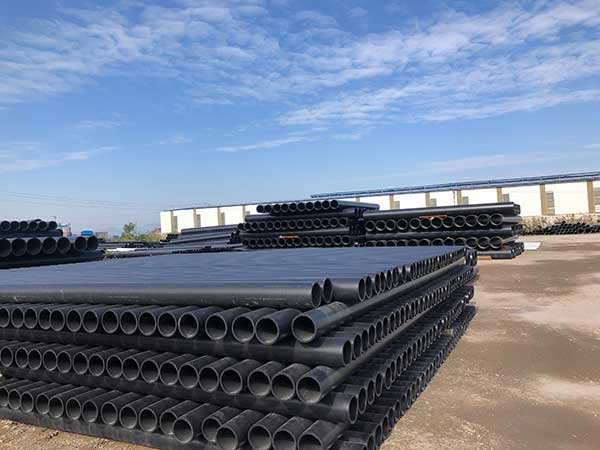
8 Campos de aplicación de los tubos de Hdpe
8 Los tubos de HDPE se utilizan ampliamente en muchos campos debido a su excelente rendimiento:
Ingeniería municipal:
Tuberías urbanas de abastecimiento y saneamiento de agua, sistemas de recogida de aguas pluviales y redes de tuberías de alcantarillado.
Ámbito industrial:
Transporte de líquidos químicos, conducciones de residuos mineros, sistemas de agua de circulación de centrales eléctricas.
Agricultura y conservación del agua:
Redes de tuberías de riego a gran escala, conducciones de agua embalsada y sistemas de drenaje de tierras de cultivo.
Entorno especial:
Tuberías enterradas en zonas costeras (anticorrosión por niebla salina), zonas de alto nivel de agua (buen comportamiento antiflotante).
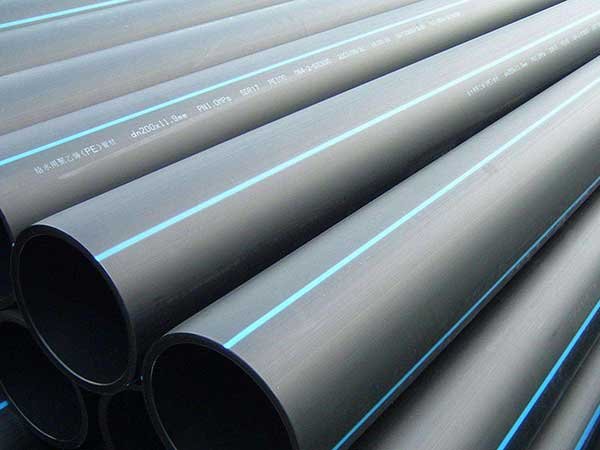
Puntos de conexión e instalación
- Fusión a tope: adecuada para conectar tuberías de la misma especificación, temperatura de calentamiento 210±10℃, tiempo de enfriamiento ajustado según el diámetro de la tubería (enfriamiento de tubería de 8 pulgadas unos 60-90 minutos), sin riesgo de fugas en la interfaz.
- Conexión por fusión eléctrica: La tubería de fusión eléctrica se fusiona por electricidad, lo que es fácil de operar y adecuado para una rápida instalación en el sitio, especialmente para escenarios de mantenimiento.
- Conexión de brida: se utiliza para la conexión de transición con equipos metálicos o tuberías, con un sellado fiable.
- Requisitos de tendido y relleno:Al tender tuberías, evite curvaturas excesivas (radio de curvatura admisible ≥ 30D, es decir, 6 metros). Si es necesario realizar curvas, deben utilizarse codos especiales o curvaturas naturales. El curvado forzado está estrictamente prohibido.
- El relleno se divide en tres capas: 300mm desde la parte inferior de la tubería hasta la parte superior de la tubería se rellena con arena gruesa media (coeficiente de compactación ≥ 93%), 300-500mm se rellena con tierra llana (eliminar piedras, coeficiente de compactación ≥ 90%), y por encima de 500mm se rellena como de costumbre. Está estrictamente prohibido utilizar tierra congelada, residuos de construcción o piedra triturada para el vertido directo.
Artículos relacionados
What is an Extruder? – A Complete Guide
One of the major machines that has revolutionized the plastic pipe manufacturing industry is the…
What is a corrugated pipe? – Exploring its types, feature and applications
The primary function of corrugated pipes is to transport fluids, gases, and solid particles across…
What is PP rainwater module?
PP rainwater module is a new type of rainwater collection equipment, mainly used for storing…
Top 20 PE pipe manufacturers in USA, China, and other countries in the world
This article lists all global PE pipe manufacturers and provides relevant information about each type…
PE pipe welding steps and precautions
PE pipes are primarily used for rural drinking water supply, urban and rural drinking water…
Compressive Strength of PE Drainage Pipe: A Comprehensive Guide
The compressive strength of PE drainage pipes mainly depends on several factors, including material grade,…
